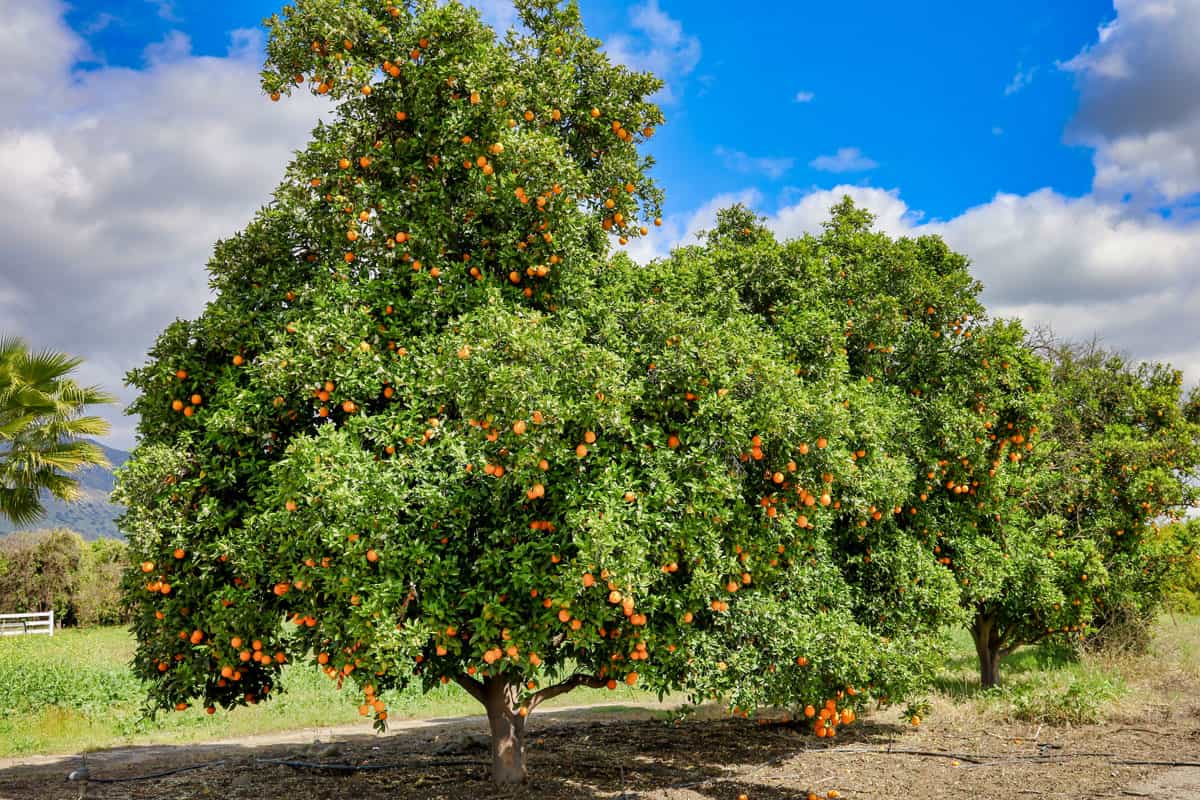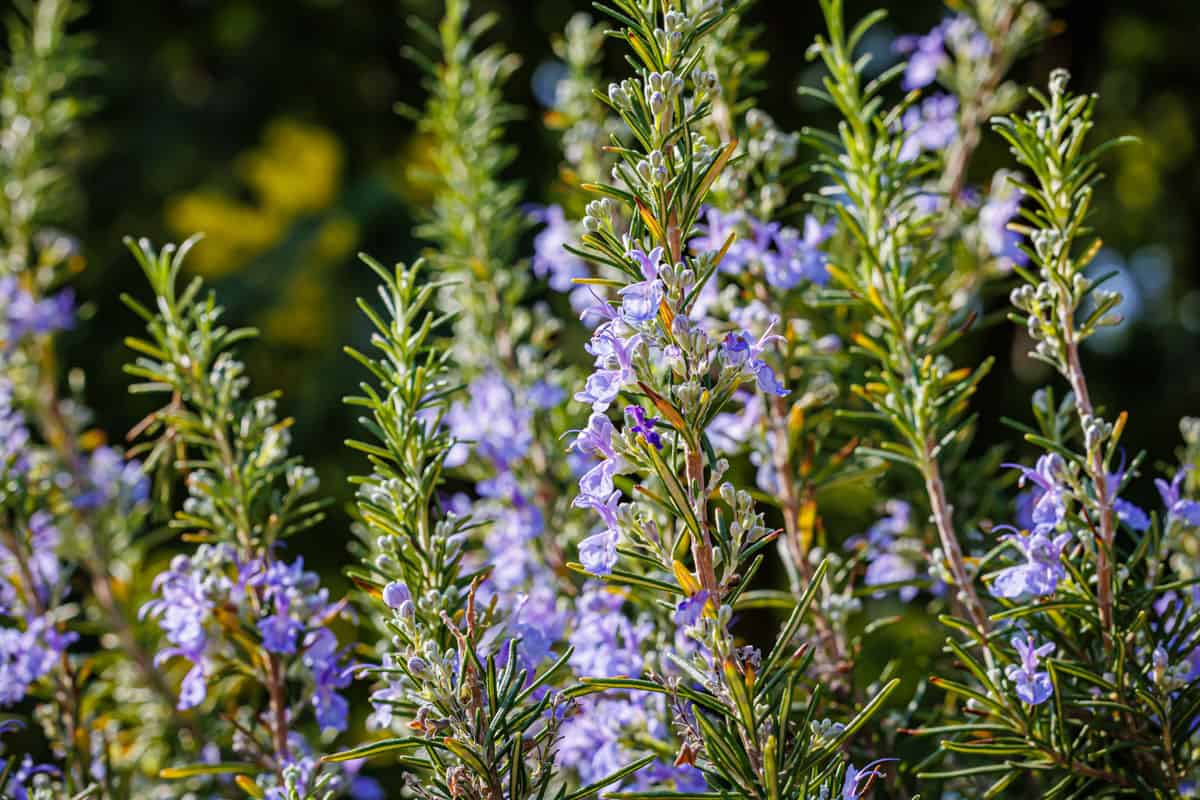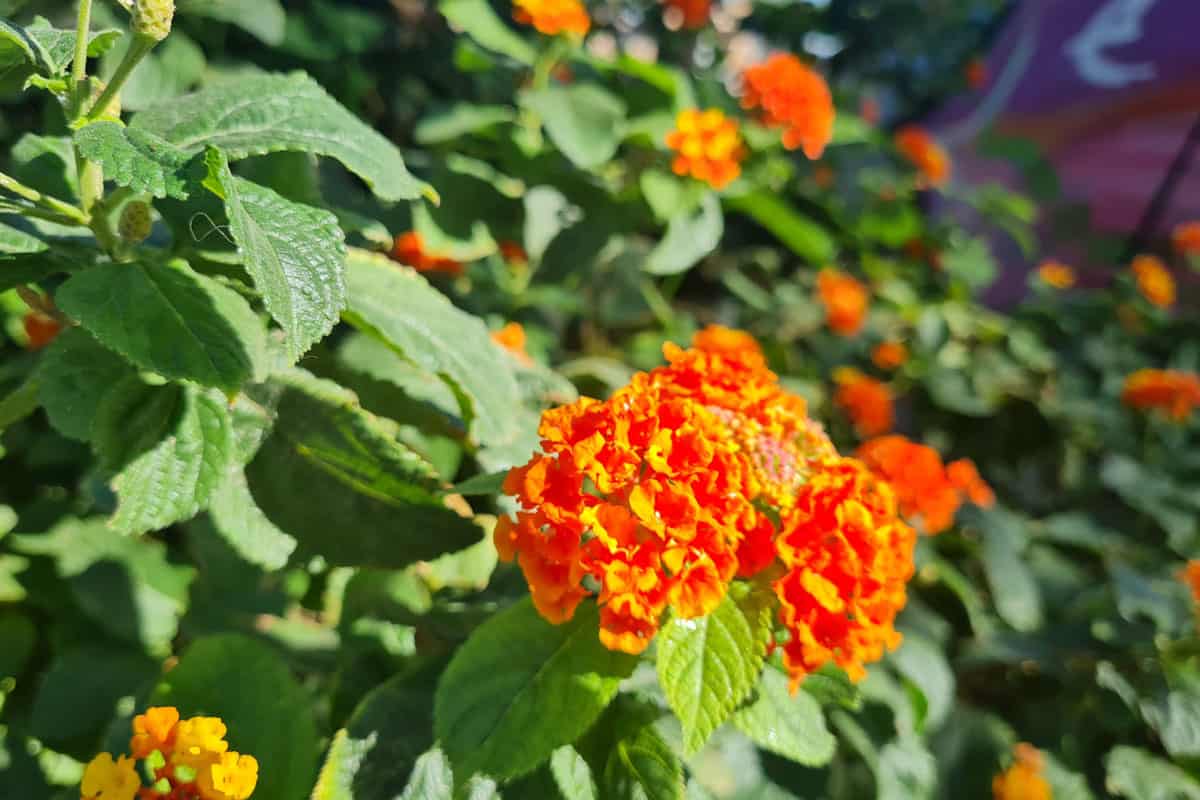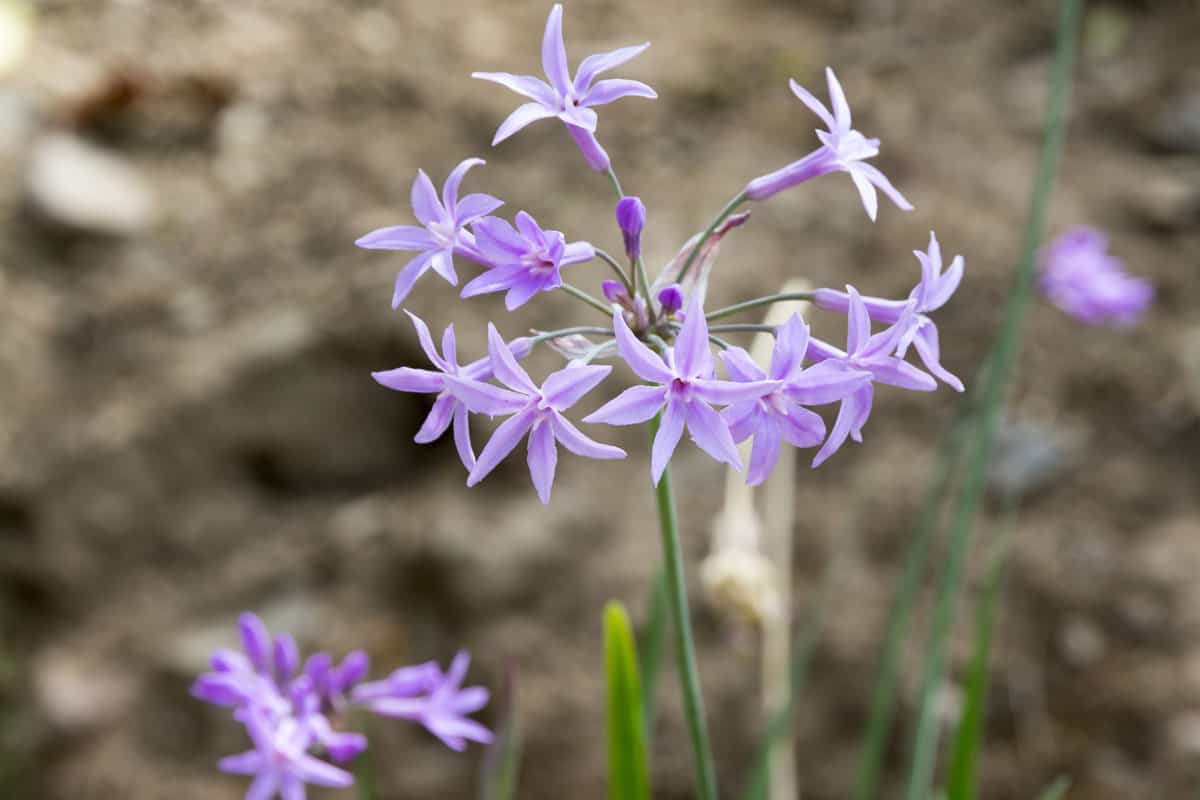Welcome to The Zone! This article is Part 15 in the GardenTabs Zone Series, where we look at all USDA Plant Hardiness Zones and recommend the top 17 plants for your region.
Zone 8a
Zone 8a encompasses various regions in North America, including parts of the United States such as the southern coastal areas of California, the Gulf Coast, and parts of the southeastern states.
It is also found in select areas of Europe, including parts of the Mediterranean and the southern regions of France and Italy.
Zone 8a experiences average minimum temperatures ranging from 10 to 15 °F (-12.2 to -9.4 °C).
These regions are characterized by mild winters, hot summers, and a long growing season.
Here are 17 of the Best Plants to Grow in Zone 8a
1. Citrus Trees (Citrus spp.)
Zone 8a provides an ideal climate for growing citrus trees, including oranges, lemons, and limes.

These trees not only provide delicious fruits but also add a touch of Mediterranean charm to the garden.
Citrus trees can tolerate temperatures as low as 15 °F (-9.4 °C) and prefer well-drained soil and full sun.
2. Bougainvillea (Bougainvillea spp.)
Bougainvillea is a stunning flowering vine known for its vibrant, papery bracts that surround tiny white flowers.
With its striking colors, including shades of pink, purple, orange, and red, it adds a tropical flair to Zone 8a gardens.

Bougainvillea can tolerate temperatures as low as 15 °F (-9.4 °C) and thrives in full sun and well-drained soil.
3. Rosemary (Rosmarinus officinalis)
Rosemary is a fragrant and versatile herb that thrives in Zone 8a's warm and sunny conditions. With its aromatic foliage and delicate blue flowers, it adds a culinary and sensory delight to any garden.

Rosemary can tolerate temperatures as low as 10 °F (-12.2 °C) and prefers well-drained soil and full sun.
4. Agapanthus (Agapanthus spp.)
Agapanthus, also known as Lily of the Nile, is a stunning flowering plant that produces clusters of blue or white flowers atop tall stalks.

It brings a touch of elegance to Zone 8a gardens and can tolerate temperatures as low as 10 °F (-12.2 °C).
Agapanthus thrives in well-drained soil and full sun to partial shade.
5. Crape Myrtle (Lagerstroemia indica)
Crape Myrtle is a popular flowering tree that adds a burst of color to Zone 8a gardens with its vibrant blooms in shades of pink, purple, white, and red.

It blooms in summer and early fall, creating a stunning display of flowers.
Crape Myrtle can tolerate temperatures as low as 10 °F (-12.2 °C) and prefers full sun and well-drained soil.
6. Mexican Bush Sage (Salvia leucantha)
Mexican Bush Sage is a showstopper in Zone 8a gardens, with its long spikes of velvety purple flowers.
It blooms in late summer and fall, attracting hummingbirds and butterflies to the garden.

Mexican Bush Sage can tolerate temperatures as low as 10 °F (-12.2 °C) and prefers full sun and well-drained soil.
7. Lantana (Lantana spp.)
Lantana is a hardy and colorful perennial that adds a vibrant touch to Zone 8a gardens. It produces clusters of flowers in shades of red, orange, yellow, and pink, attracting butterflies and bees.

Lantana can tolerate temperatures as low as 10 °F (-12.2 °C) and thrives in full sun and well-drained soil.
8. Society Garlic (Tulbaghia violacea)
Society Garlic is a versatile herbaceous perennial known for its clusters of delicate purple flowers and garlic-like fragrance. It adds beauty and a touch of culinary delight to Zone 8a gardens.

Society Garlic can tolerate temperatures as low as 15 °F (-9.4 °C) and prefers well-drained soil and full sun to partial shade.
9. Plumbago (Plumbago auriculata)
Plumbago is a charming flowering shrub that graces Zone 8a gardens with its clusters of blue or white flowers. It blooms throughout the summer, adding a touch of elegance to the landscape.

Plumbago can tolerate temperatures as low as 15 °F (-9.4 °C) and prefers full sun to partial shade and well-drained soil.
10. Rose of Sharon (Hibiscus syriacus)
Rose of Sharon is a deciduous shrub that produces large, showy flowers in shades of pink, white, and purple. It blooms in late summer and early fall, bringing beauty to Zone 8a gardens.

Rose of Sharon can tolerate temperatures as low as 10 °F (-12.2 °C) and prefers full sun to partial shade and well-drained soil.
11. Mexican Feather Grass (Nassella tenuissima)
Mexican Feather Grass is an ornamental grass that adds texture and movement to Zone 8a gardens. With its delicate, feathery plumes, it creates a graceful and airy ambiance.

Mexican Feather Grass can tolerate temperatures as low as 10 °F (-12.2 °C) and prefers well-drained soil and full sun.
12. Kangaroo Paw (Anigozanthos spp.)
Kangaroo Paw is a unique and eye-catching perennial that features vibrant, claw-like flowers in shades of red, yellow, and orange.

Kangaroo Paw can tolerate temperatures as low as 10 °F (-12.2 °C) and prefers well-drained soil and full sun.
13. Spanish Lavender (Lavandula stoechas)
Spanish Lavender is a delightful lavender variety known for its unique and showy flower heads topped with tufts of purple bracts. It blooms in late spring and early summer, attracting bees and butterflies.

Spanish Lavender can tolerate temperatures as low as 10 °F (-12.2 °C) and prefers well-drained soil and full sun.
14. Mexican Honeysuckle (Justicia spicigera)
Mexican Honeysuckle is a compact shrub that produces tubular orange or red flowers, attracting hummingbirds and butterflies to the garden.
It blooms from spring to fall, adding color and wildlife interest to Zone 8a gardens.

Mexican Honeysuckle can tolerate temperatures as low as 15 °F (-9.4 °C) and prefers well-drained soil and full sun to partial shade.
15. Yucca (Yucca spp.)
Yucca is a drought-tolerant and architectural plant that adds a striking presence to Zone 8a gardens. With its spiky leaves and tall flower stalks, yucca brings a touch of desert beauty to the landscape.

It can tolerate temperatures as low as 10 °F (-12.2 °C) and prefers well-drained soil and full sun.
16. Texas Sage (Leucophyllum spp.)
Texas Sage, also known as Purple Sage or Texas Ranger, is a tough and drought-tolerant shrub that thrives in the hot and dry conditions of Zone 8a.

It produces vibrant purple flowers and silver-gray foliage, adding color and texture to the garden.
Texas Sage can tolerate temperatures as low as 10 °F (-12.2 °C) and prefers well-drained soil and full sun.
17. Jasmine (Jasminum spp.)
Jasmine is a fragrant and enchanting vine that brings a delightful aroma to Zone 8a gardens.
With its small white or yellow flowers, it adds a touch of romance and elegance to trellises and arbors.

Jasmine can tolerate temperatures as low as 15 °F (-9.4 °C) and prefers well-drained soil and full sun to partial shade.
Explore these extra articles for your enjoyment:
Does Jasmine Have Invasive Roots?
How To Keep Bougainvillea Small
Warmth and Versatility
Zone 8a offers a favorable and warm climate for gardening, with mild winters and hot summers. By selecting the right plants, you can create a lush and vibrant garden that thrives in this zone.
From the citrus trees and bougainvillea to the rosemary and plumbago, these 17 best plants add beauty, fragrance, and color to your landscape.
When choosing plants for your Zone 8a garden, consider their specific requirements, including sunlight, soil conditions, and water needs.
By providing the ideal growing conditions, you can ensure the success of these plants and enjoy a flourishing garden throughout the seasons.
